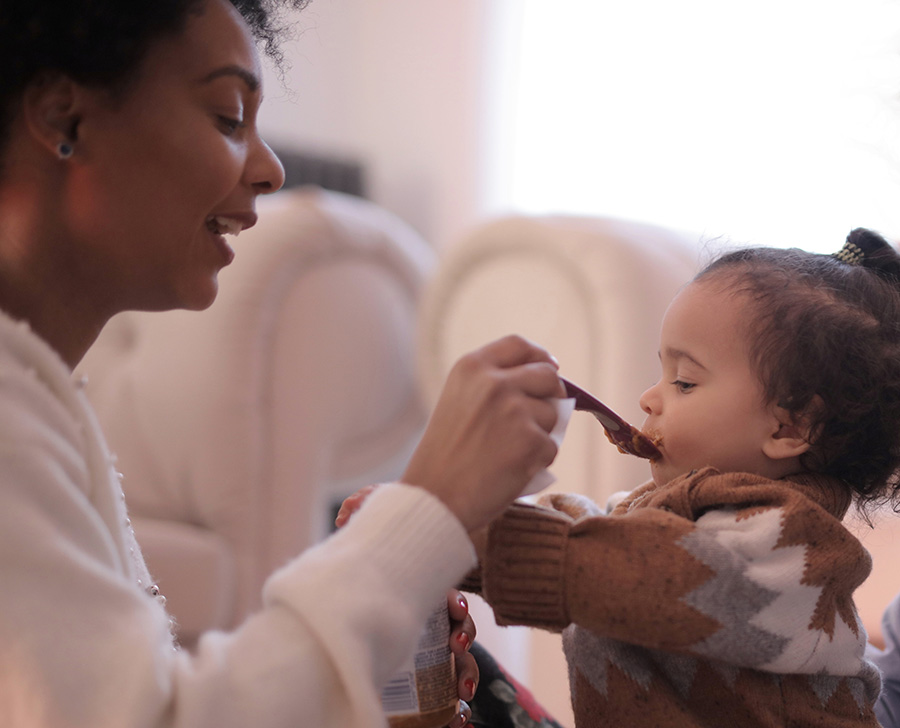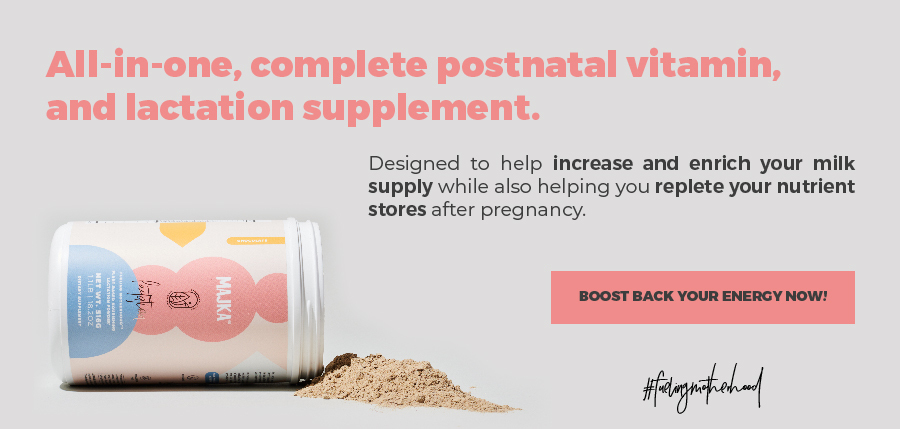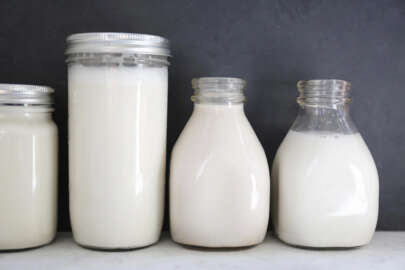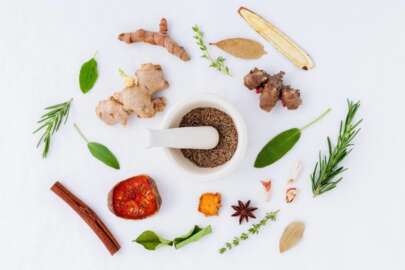
You should know that introducing solids to a baby has to be one of the cutest moments an expecting or a new mom will get to experience with their loved one and we expect this to be a fun process for both you and your baby.
Like most things a child learns, introducing solids to a baby is going to be a step-by-step transition, and while breast milk is still the main source of nutrition, these encounters with solid foods will be a tool to explore a world of flavors and textures.
Starting solids has a lot to do with development milestones and is not all about age. Be mindful that babies are not the same, and are not ruled by a calendar. Babies should be at least 6 months old and they should be able to sit independently and have great head control prior to starting solids. Some babies are 7 or 8 months old before they achieve this milestone.
Here we are sharing some information on how to start introducing solids to a baby that you can use whenever your loved one is ready to begin their journey:
Your baby is ready when…
So, how do you know it is time to start introducing solids to a baby? Luckily, there are different developmental signs that your kid will show to let you know it might be time to try something new. Your baby is probably ready to try solid foods if they:
- Are able to sit with no need of extra support.
- Stop having their tongue-thrust reflex–the automatic response of the tongue to push solids out of their mouth.
- Can chew – as in willing and being able to do so.
- Start picking up and grasping food using their thumb and forefinger – something usually called pincer grasp.
- Showing interest in foods you eat.
But also keep in mind that there are also some behaviors that new mommies often mistakes as sings that their baby is ready for solid food, such as:
- When a baby chews their fists.
- When a baby wakes up more than usual at night.
- When a baby seems more hungry and wants extra feedings.
The how-to’s
When you start introducing solids to a baby, make sure you are both happy and avoid external sources that could generate stress-loud noises from tv, for example. On the first occasions, try to offer your baby 1 or 2 teaspoons of food once a day, just after you breastfed them, their tummy will still have room for new things and they will be relaxed, but consider that at first they will just have a small taste or won’t swallow much, be patient and remember this is a natural part of the process!
Early foods should be finely mashed or have a smooth texture to prevent choking. Over the weeks, you can start trying with less mashed or minced foods and some weeks after that you can even try chopped food-remembering to offer only things with very soft texture during all this process.
Other useful tips to start introducing foods to a baby are:
- Choose larger pieces of soft foods like bananas or avocados.
- Start with single foods, finger foods may be preferred over a spoon.
- Mixing cereals and mashed cooked grains with breast milk.
- Cook hard fruits and vegetables – like carrots – to mash them easily.
- Remove all seeds-even if they are really tiny – from fruit.
- Cut small foods – like berries into even smaller pieces.
- Mash whole-grain kernels of wheat, barley, rice, and other grains.
- Other ideas here.
Our food recommendations
All new foods are going to be exciting for your baby, and you can try to introduce a variety of them, but our recommendation is to start with foods that are rich in iron, as this element is not as present in breast milk and iron deficiencies could be more common in exclusively breastfed babies after 6 months of age.
Here’s a list of some of the iron-rich foods that you and your baby can start trying first-finely mashed, as mentioned prior:
- Veggies: Broccoli, Carrot, Potato, Pumpkin, Spinach, and Sweet Potato
- Fruits: Apple, Avocado, Banana, Melon, and Pear
- Whole-grains: Oats and Rice
Foods that can still wait
As much as you are excited to see your baby explore an edible world of possibilities, there are many foods you should stay off the menu – at least during the first year – as they could be choking hazards or just don’t add any nutritional content to their diet or even be bad for your baby’s health.
During the solids introduction and prior to 12 months of age, consider keeping these away to avoid possible allergies:
- Processed foods
- Honey
- Runny eggs or foods containing raw egg
- Dairy products
- Hard foods and whole nuts
- Fruit juice
- You can find more information here.
When breastfeeding and solids meet
During the first year of your baby’s life, the transition from breast milk to solid food will happen gradually and little by little your kid will develop the necessary skills to adapt to their new diet.
In this period, you should take these as signs that your little one is getting the nutrition they need from both breastfeeding and solid food:
- Plentiful wet (6-8+) and dirty diapers per day.
- Content and alert between feeding sessions.
- Normal grown and development for your baby.
Now we hope you start feeling ready to start the solid food journey with your baby. Remember that during the first year of life of your child, you should maintain breast milk as the main source of your baby’s nutrition as it contains everything they need. After introducing solids, they become the main source of nutrition and breastmilk will continue to be nourishing and complimentary to their diet for as long as you and your baby want. Follow all of our content at Breastfeeding 101 and never miss an update to learn more things about lactation!
We recommend you check the sources that made this article possible in case you want to explore more on how to start introducing solids to a baby:
Your baby’s first solid foods | NHS
When, What, and How to Introduce Solid Foods | CDC
Starting Solid Food | La Leche
Working Together: Breastfeeding and Solid Foods | Healthy Children
Introducing solids: why, when, what and how | Raising Children
Annie Rueb






